Orphism (Orphic cubism) French-based movement (founded 1912)
We Perform Orphism art authentication. Orphism appraisal. Orphism certificates of authenticity (COA). Orphism analysis, research, scientific tests, full art authentications. We will help you sell your Orphism or we will sell it for you.
The term “Orphism” was created in 1912 by the French poet Guillaume Apollinaire in reference to the paintings of Robert Delaunay. Apollinaire drew a connection between the colorful, cubist-like canvases, and the mythological figure, Orpheus, who symbolizes the art of song and lyre. The Greek legend describes Orpheus as the ideal, mystically inspired artist.
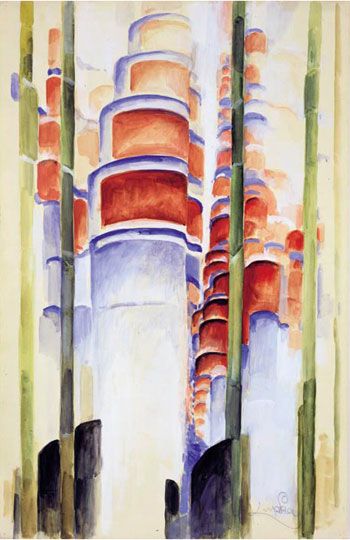
The term “orphique” was previously used by the Symbolists to refer to inner experiences. It was not until the Orphist Movement that the term became a more literal reference to an innovative use of color and light. The Orphist Movement was an important stepping-stone from Cubism to pure Abstraction.

Orphists include Jacques Villon, Robert Delauney, Sonia (Terk) Delauney, and the Czech painter, Frantisek Kupka. Artists who were associated with the movement include Fernand Léger, Francis Picabia, Marcel Duchamp, Patrick Henry Bruce, and Andrew Dasburg. Orphism inspired not only individual artists but also organized groups, such as the German Blaue Reiter group, the Canadian/American Synchromists, and the Puteaux group.

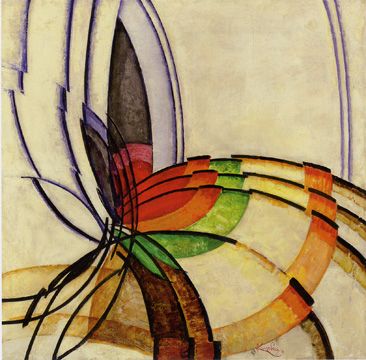
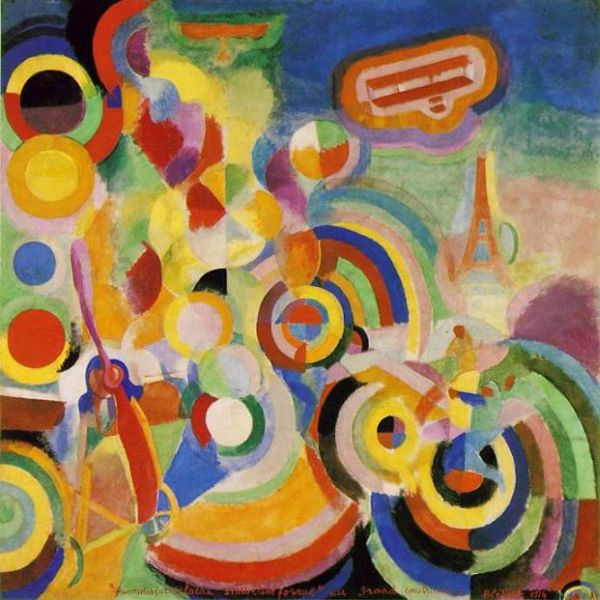
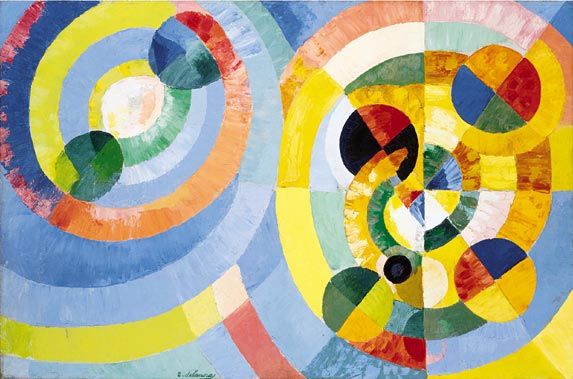

The Puteaux Group, also referred to as Section D’Or, was a direct offshoot from the Orphist Movement. The innovative artist collective was led by Jacques Villon, who was the elder brother to artists Marcel and Raymond Duchamp. Villon hosted artist discussion groups in the village of Puteaux where he lived.
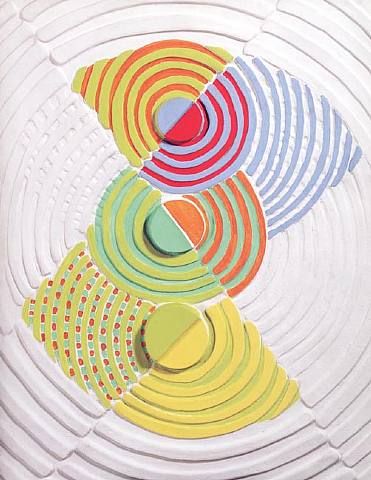
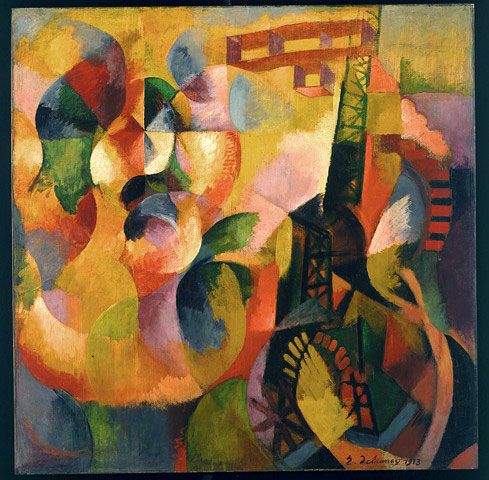
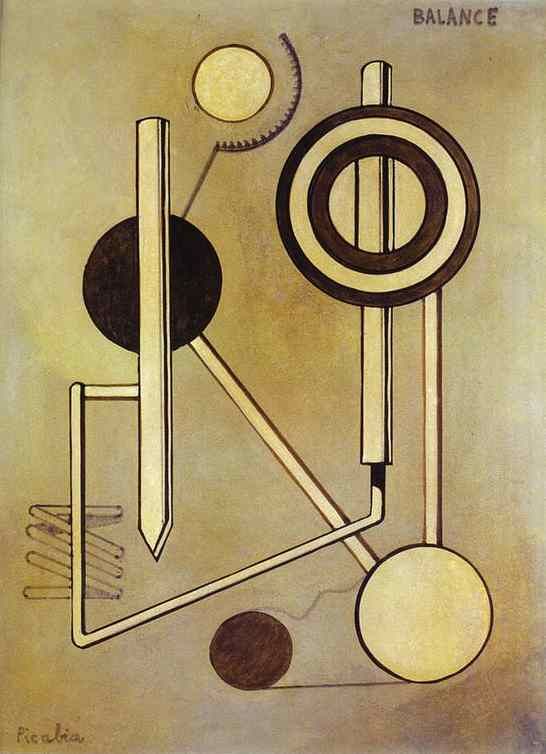
Orphism aimed to convey sensation through form and color, as well as an existential view that recognized infinite states of being. Robert Delaunay drew from the writings of chemist Michel-Eugène Chevreul who published The Principles of Harmony and Contrast of Colors and their Applications to the Arts.
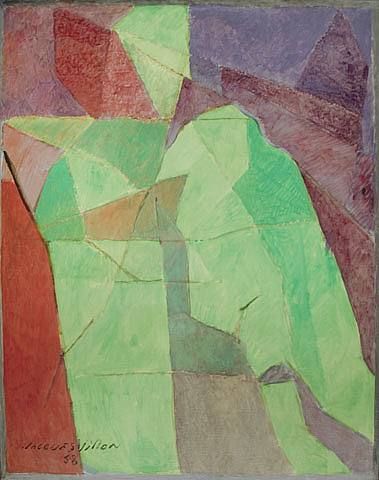
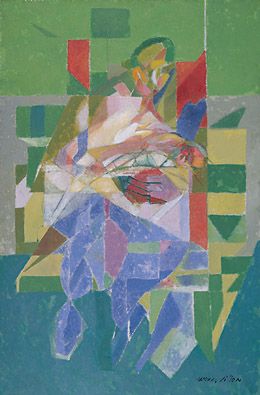
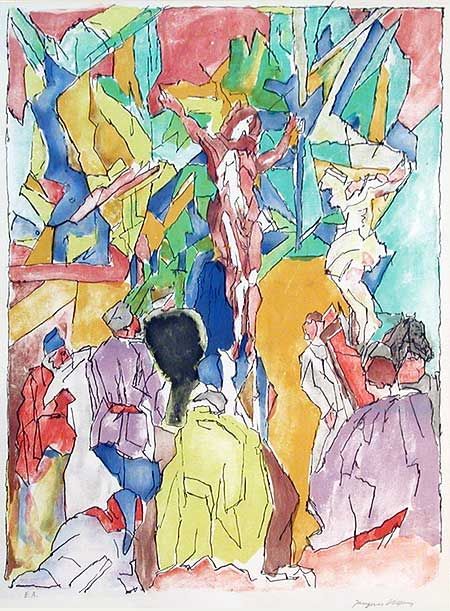
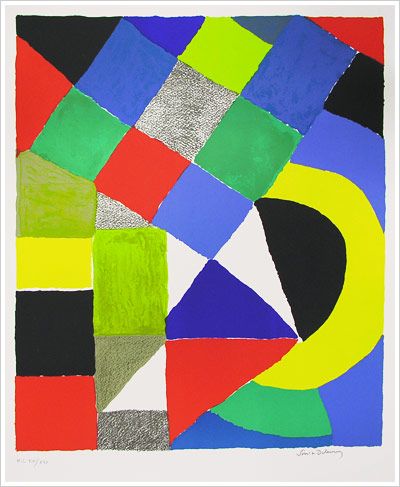
While Orphism was a Paris-based movement, its philosophy spread throughout Europe. Many critics see links between Orphism and the Synchromist Movement, initiated by American artists Stanton Wright-MacDonald and Morgan Russell. The Synchromists also grew from Cubism, replacing the monotone cubist canvases with bold, vibrant color. The Synchromists adamantly claimed their ideals differed from the Orphists, and they were not synonymous movements.

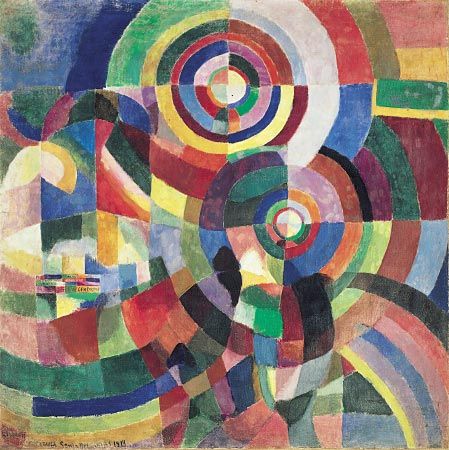

The Orphists inspired the future generation of abstract painters, who continued to experiment with color, movement, and nonrepresentational forms. Orphist paintings are now in reputable fine art collections across Europe and the United States.
Do you think you own an Orphist painting? Contact us. We are the experts on Orphism.
Reviews
1,217 global ratings
5 Star
4 Star
3 Star
2 Star
1 Star
Your evaluation is very important to us. Thank you.
